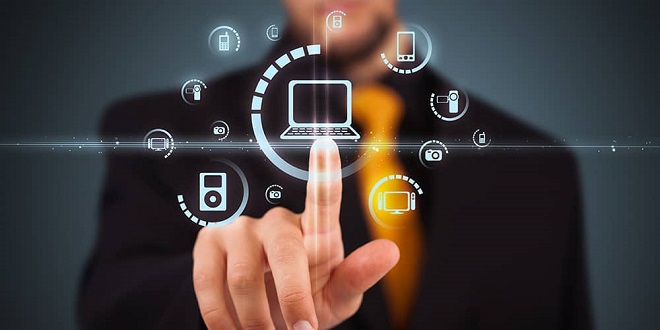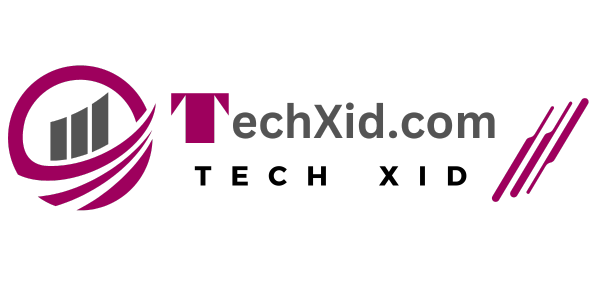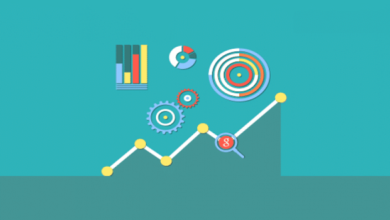
The information changes the business model and now it is much more focused on service.
The so-called wearables or devices to wear are on the lips of all the experts and protagonists of the digital industry. In fact, the latest edition of the Mobile World Congress , held in Barcelona in February, established these smart objects as one of the most relevant trends in the mobile world . But beyond the technological aspect of smart bracelets, watches or band-aids, the data recorded by these state-of-the-art devices opens up a wide range of possibilities and opportunities. The information now available changes the business model up to now based on the product for another, much more focused on the service. Let us take as an example the case of a wearable braceletwho knows you’re passing by that gym you haven’t been to in so long. It is not difficult to imagine that the marriage between the object and the information we have about its user can lead to value propositions and associated services.
In other words, the industrial reconversion that is taking place with digitization will require that, in most cases, these products be reconverted into services. Let’s see the general model. Digitization is a process that takes place in two phases: substitution and transformation. The first phase, substitution, is always promoted by the industry itself and the real reason for carrying it out is never to improve customer satisfaction but to save costs and optimize processes.
The customer has neither asked for it nor wants it, but the industry implements systematic and relentless campaigns to convince him. This was the case when vinyl records were replaced by CDs or VHS by DVDs. I didn’t want to, but I had to abdicate and even incur expenses because the industry made the decision. Change the antenna, buy a CD player and even buy back music that I already had on vinyl.
They told me that the CD was better, but now I know that I was deceived and that certain highs and lows sound better on vinyland that contrary to what they said, the VHS was less scratched than the DVD. And now the same thing is happening with the electronic book. Although there are many of us who argue that we like the smell of paper and ink and decide how we order books on the shelf at home, the industry has already decided that we will use the electronic book.
And he has not decided based on our opinions, but on his expectation of saving costs of printing, distribution, management of returns, commissions at the point of sale, etc. The substitution of the physical book for the digital one is a decision of the industry, not of the citizens. To minimize resistance, digital replacements are always explained by saying that “it’s the same, but digital” and to convince us they call the new device with the same name, but accompanied by a modern adjective: electronic book, virtual campus, digital whiteboard, electronic prescription, ATM…The same, but digital. When the substitution phase is complete, the second phase of digitization arrives: transformation. The digital is intangible and the value proposition based on the object or product must be reviewed. Unlike the previous one, this one is really disruptive. It is the one that is destroying business models and radically modifying sectors that were believed to be stable. And the main reason is that the industry is often unwilling or unable to change its operations from being just a manufacturer of products to also being a provider of services.
When music ceased to be tangible (a record or tape) and became intangible (a file), it ceased to be interesting to buy it in order to own it. I don’t want to buy the latest Rolling Stones album, I just listen to it and now that everything is digital there are a thousand solutions for it. But the industry is still trying to keep the old business model (pay to own). The new sector players have made the transformation and no longer offer products, but services: You pay the Spotify fee to be able to access from anywhere and with any device to lists of songs that you share with your friends. That is service.
Feel free to visit to know more about bluetooth headphones with mic.
When the electronic book has been deployed and the digitization of the publishing sector is completed, the business will have to be redesigned, and move from the sale of products (books) to the sale of services. I have no doubt that Amazon will offer a flat rate service: pay $10 a month and read what you want from our crime novel bank, pay $12 and read what you want from management. I don’t buy books, I access publishing banks. Service instead of product. The publishing or record sector are already digitized and undergoing the stage of transformation. Kodak insisted on product and digitization killed it. In health or education, this process of digital substitution is still incipient, but there is no doubt that it has already begun. And there are other sectors, such as justice, where we are really bad.
Last word
Analyze how advanced the substitution to digital is in the different processes of your business and you will know if you have a long or short time before your industrial reconversion towards services. And if you are an entrepreneur looking for a business idea, look especially at those sectors that are about to complete their digital substitution: they are a source of opportunities to design new services.
Feel free to read more: movers in coral gables





